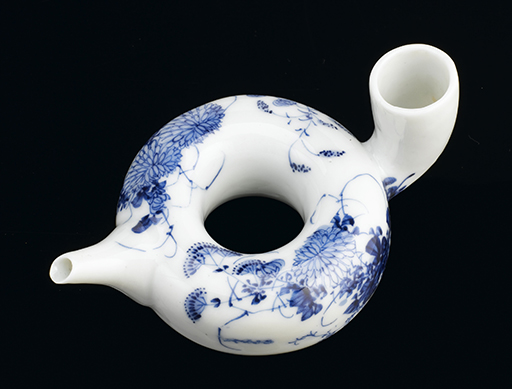2 Historians use objects (sometimes)
You have seen how historians work within traditions of learning, both academic traditions and also wider cultural practices, but all research starts somewhere; usually with a question! Curiosity is a valuable tool for historians if it is focused well. Something that can provide an apparently straightforward starting point for history research is an artefact. Ludmilla Jordanova, a historian of material culture, reminds us that ‘the form and function of every artefact have passed through the minds and bodies of the people who exercised choice in the past’ (2012, p. 7). Material culture (or objects and things) can give us powerful insights into past societies. We can look at a thing and start with the simplest of questions asking: what is it and what is it for?
Activity 4
Here is an artefact from the Science Museum’s collection.

What do you think it might be?
Discussion
This is a baby’s feeding bottle. As you can see it is made from porcelain, not glass or plastic, and it probably dates from the early nineteenth century. This one is fine china, decorated and imported from Japan, so was likely expensive but feeding bottles were everyday objects. In the middle ages they could be made from animal horn and in the early modern period pewter, leather and pottery were all used. Recent archaeology has even found feeding vessels with evidence of animals’ milk buried with bronze and iron age children.
